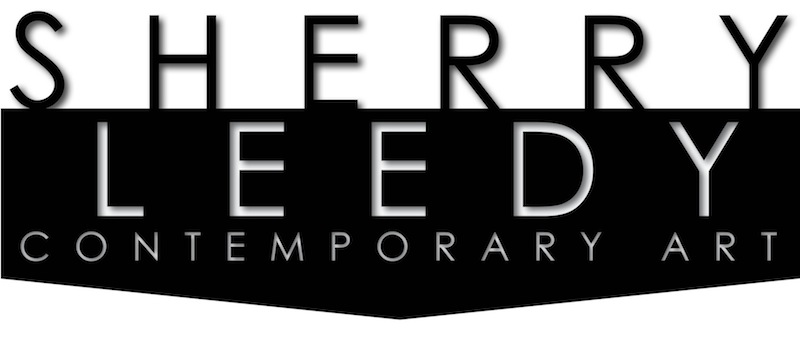Patterns echo and cycle throughout our lives, sometimes unnoticed but ever present. Aesthetically and conceptually these patterns of human behavior and life experience find their way into my paintings. The paradox and coexistence of seemingly opposite experiences (such as grief and celebration) are often the foundation of my painting practice.
Equally important is the issue of the systematic marginalization of the feminine. Women who represent both the brilliance and burden of the feminine experience – creativity, emotion and vulnerability – have often been overlooked, dismissed, or oppressed. The exploration of the feminine, especially those qualities that have been undervalued or suppressed, connects directly to my art practice.
In my work, I seek to find ways of mark making that honor feminine gestures, aesthetics, and crafts that were often excluded from the Eurocentric fine art canon. My work incorporates folk art influences, that came from decorative practices that were the beautiful and laborious, creative acts of anonymous women (including my own mother, grandmother, and great-grandmother). The paintings nod to cake decorating, flower arranging, quilt making, textile pattern and surface design, object collections, and the aesthetics of domestic spaces. For me, these gestures are an inheritance, from women in my own lineage, who often lived less than glamorous lives. They brought light and beauty to the world in the practical ways that the social and economic boundaries of their time permitted.
The vignettes and tableaux in my paintings are not literally of the world, though they reference actual places or objects, most from my direct domestic surroundings. They are instead gestures and symbols, moments accumulated over time that have gained meaning in their assemblage. They mark time and cycles. They are a way of processing both the world we live in and our aspiration toward a better world, one in which all of us might see ourselves, reflected authentically and whole.

